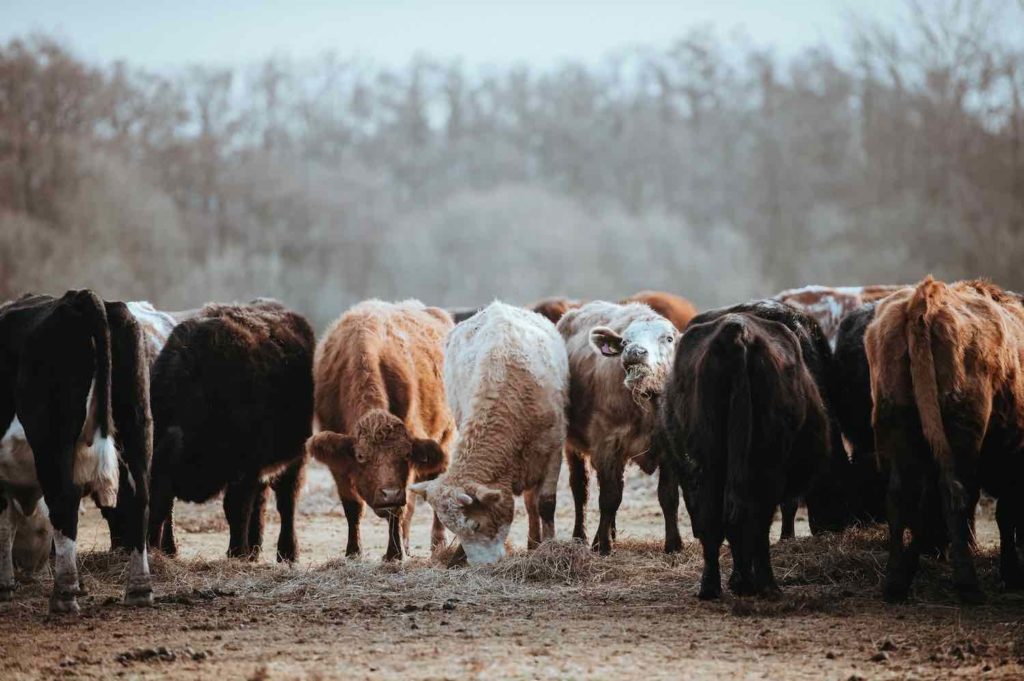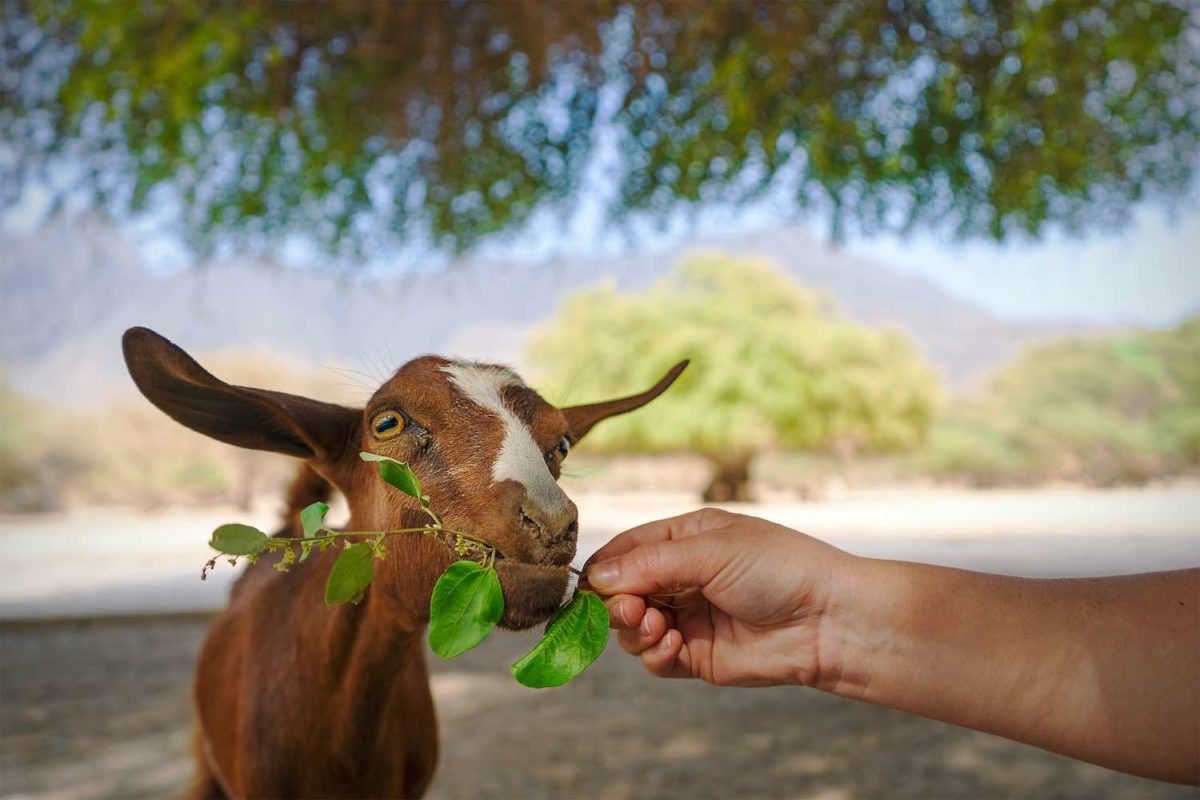The need for feed supplements for domesticated livestock has always been in high demand. It acts as a pure nutritional resource for farm animals that fills in the lacking of nutrition in their regular diets. But there are different types of animal feed available in today’s feed industry that don’t get along with every livestock.
For instance, raw corn and soybean meal is an excellent choice to feed domesticated livestock. But at the same time, if you serve the same feed to poultry animals, their digestive tract will negatively react to it.
Essentially, livestock and poultry feed are not the same, nor do any other types of feed. So, It’s better if you understand each of the animal feed classifications first.
We have created an information-packed guide on the different types of feeds and their purposes to help you decide which feed best suits your farm’s needs!
Primary Types of Animal Feeds
When it comes to animal feeds categories, you will find three types of products: Concentrates, Roughages, and Mixed Feeds. And mainly, concentrates and roughages are the most highlighted types of livestock feeds.
Concentrates refer to animal feeds rich in energy and protein but low in fiber, such as soybean meal, cereal grains, cane molasses, etc.
In contrast, Roughages include plant-based feed ingredients high in fiber but low in digestive nutrients. Straw, silages, hays, root crops, etc., are the most common types of food found in this category.
And lastly, speaking of mixed feed, you will find the best of both Concentrates and Roughages elements in this animal feed type.
This is a specially formulated high-quality livestock feed that includes raw additives and vitamin-protein-mineral supplements.
These differences are especially important to understand if you’re growing your own livestock feed.
Concentrates
Concentrates are a form of high-quality feeds that contain nutritional substances such as protein, vitamins, and other trace minerals, keeping the fiber value minimal. It’s an easily digestible food that helps boost growth and improve health in livestock.
A number of different concentrate meals are available for livestock. The most common types of livestock feeds include:
Cereal Grains
Cereal Grains like wheat bran, oats, corn, rye are excellent nutritional additions to the diets of various livestock.
Pigs and chickens get a high feed quality full of essential nutrients when reared on these grains. If added high-protein content or other feed ingredients with this feed, it leverages the quality of the complete feed.
Additional benefits of using cereal grains include a dietary supplement rich in carbohydrates and protein, which provides horses and ruminants with abundant energy.
Soya Bean and Other Protein Feeds
Soybean meal and cottonseed are the two most common feed ingredients in protein-based concentrate feed.
These feeds can make livestock more productive, improve carcass quality, and reduce disease and mortality rates.
Some concentrated feeds, such as peanuts, flaxseed, and oil palm, can also be used as an additive to high-protein-based concentrates.
Sugar Beet Tops and Cane Molasses
Sugar beet tops and molasses are great sources of carbohydrates that are popular with beef cattle and sheep.
These feed substitutes are incredibly cheap and are high-quality byproducts produced from the sugar industry as animal feed.
Other Feeds of By-Products
Most animal feed is made from ingredients humans can’t consume, including rice bran and wheat middlings — leftovers from rice and wheat milling for food products. These ingredients are combined with others to create animal feed.
For example, corn is used as an energy source in most industrial animal feeds, while soybean and cottonseed meals are used as protein sources. These are essentially called the byproducts of animal feeds.
The most dependable quality of these byproducts is the presence of nutrients that are essential for your livestock.
Corn gluten feed and rice bran, for example, help improve digestion and make sure your animals thrive.

Roughages
Roughages are a form of animal feed that consists of high-enriched fiber. It contains forage crop, stems, and other plant-based leaves feedstuff that add nutritive value to various livestock.
A number of roughage feeds are available for feeding livestock in which the most common ones are,
Pasture Grasses
Roughages are essential animal feedstuffs, and pasture is the most common type of roughage.
These grasses are vegetation types that grow from self-seeded grasses, legumes, and other plants. And grazing animals can eat hundreds of these different grasses, shrubs, and trees as feed.
During the growth season, pasture plants provide animals with a steady food supply. They’re a less expensive option to harvest, process, and transport.
Just as important, some nutrients in plants (like nitrogen and amino acids) stay in the plant longer than others (like phosphorus and calcium).
Hay
Hay is dried grass and legumes that provide your animal with various nutrients. The proteins in hay help strengthen animals tissue, while the carbohydrates provide sustained energy.
It serves as the primary food source for many animals in confinement, such as horses, cows, and feedlot cattle.
More so, animals can enjoy different variations of hay as a meal if combined with other foods.
However, when mixed with bone meal or meat, these harvested hays can spread mad cow disease.
That is why many countries have banned the use of harvested hays or other edible plants combined with meat and even fish meal.
Silage
Silage refers to the practice of preserving green plants by storing them slightly fermented in airtight containers.
The key benefit of silage is that it is a truly sustainable, environmentally friendly food storage system. It protects and preserves the harvest, keeping it fresh and nutrient-rich for later use.
Root Crops
Root crops are mainly human food that the feed industry doesn’t really use as livestock feeds.
But the common root crops such as potatoes, beets, and cassava are used for animal and human food consumption.
In general, root crops contain a lot of energy and fewer nutrient contents than animal feed. As a result, they are frequently fed to the barn and stable animals as dietary supplements.
Conclusion
Animal feed, also referred to as livestock feeds, is an effective source of animal nutrition that adds energy value to their health to make them more active in the cultivation process.
Such feeds do not only include food for adult animals but also for eggs and offspring, which are essential for their growth.
If you don’t provide your livestock with the right feed, they might grow to be scrawny or have a poor temperament. So, it’s crucial to learn about the different types of animal feed and how it affects your farm animals.
In this article, we have outlined the three primary feed types that every farming expert should include in their animal diets. We hope that helps you feed your livestock the right stuff to keep them healthy and happy!
FAQs on Different types of Animal Feed
Feed, also known as animal feed, is a supplement, meal, or food that provides nutrients to your farm animals and keeps them healthy and strong.
There are different types of animal feed, including Concentrates, Forages, protein-yielding feed, oil-yielding feed, and more.
Three major types of feed processing include Pelleting, Extruding, Roasting.
Pelleting is the process of turning mash into pellets with a hydraulic press. The pellets are highly compact. They are sold in bags, frozen, just like the feed you buy for your cat or dog at the supermarket.
Extrusion cooking is a simple and inexpensive method of transforming ingredients into something completely different. For example, extrusion can handle almost any dry or semi-dry ingredient — grains, oilseeds, nuts, and dried fruit and turn them into tastier non-human food for animals.
Roasting is used for cooking meats, vegetables, or a fish meal with dry heat. It is a type of baking and thus a form of food processing for preparing animal feeds.
There are mainly four different types of feeding, which include:
Omnivores: Animals eating both meats and plants are called Omnivores.
Carnivores: Carnivores are only those which nothing but meat dishes.
Herbivores: Only plant-based food consumers are considered Herbivores.
Insectivores: Animals that are prone to eating insects are considered insectivores.
There are mainly four primary types of feeding mechanisms persistent in animals which are:
Filter Feeding. It’s a food procurement process for animals in which they practically strain small pieces of morsel from water or any other medium substances.
Bulk Feeding. Throughout the process, animals tend to gulp in much larger pieces of feed intake.
Fluid Feeding. Many edible plants or bone meal consists of fluid that add a nutritive value to the animals. So they suck the nutrient content as a fluid feeding mechanism.
Substrate Feeding. Animals that have the ability to generate their own food and need no additional supplements are mainly substrate feeders.
Concentrates and roughages contain the essential nutrients and trace minerals, making them the best animal feed for feeding livestock.
You can also feed domesticated livestock some compound feed if they showcase no severe side effects.

5 replies on “The Different Types of Animal Feed”
Impressive stuff.
Thanks Franklin, appreciate the shout.
Thanks Noah for the wonderful post. This is quite helpful for beginners dealing with different types of livestock like goats, cows, llamas and horses. A few unique items would be salt licks, alfalfa and oats. Special rabbit feed is also helpful. You may also look for wood pellet bedding, shavings and hay for animal comfort.
[…] that can accommodate all of your chickens.2. Consider the feed type you’ll be using. For various types of feed, there are many feeder types.3. Consider your budget. There are a variety of chicken feeders […]
Thank you Ryan, and thanks for the items listed. I’ll look into it!